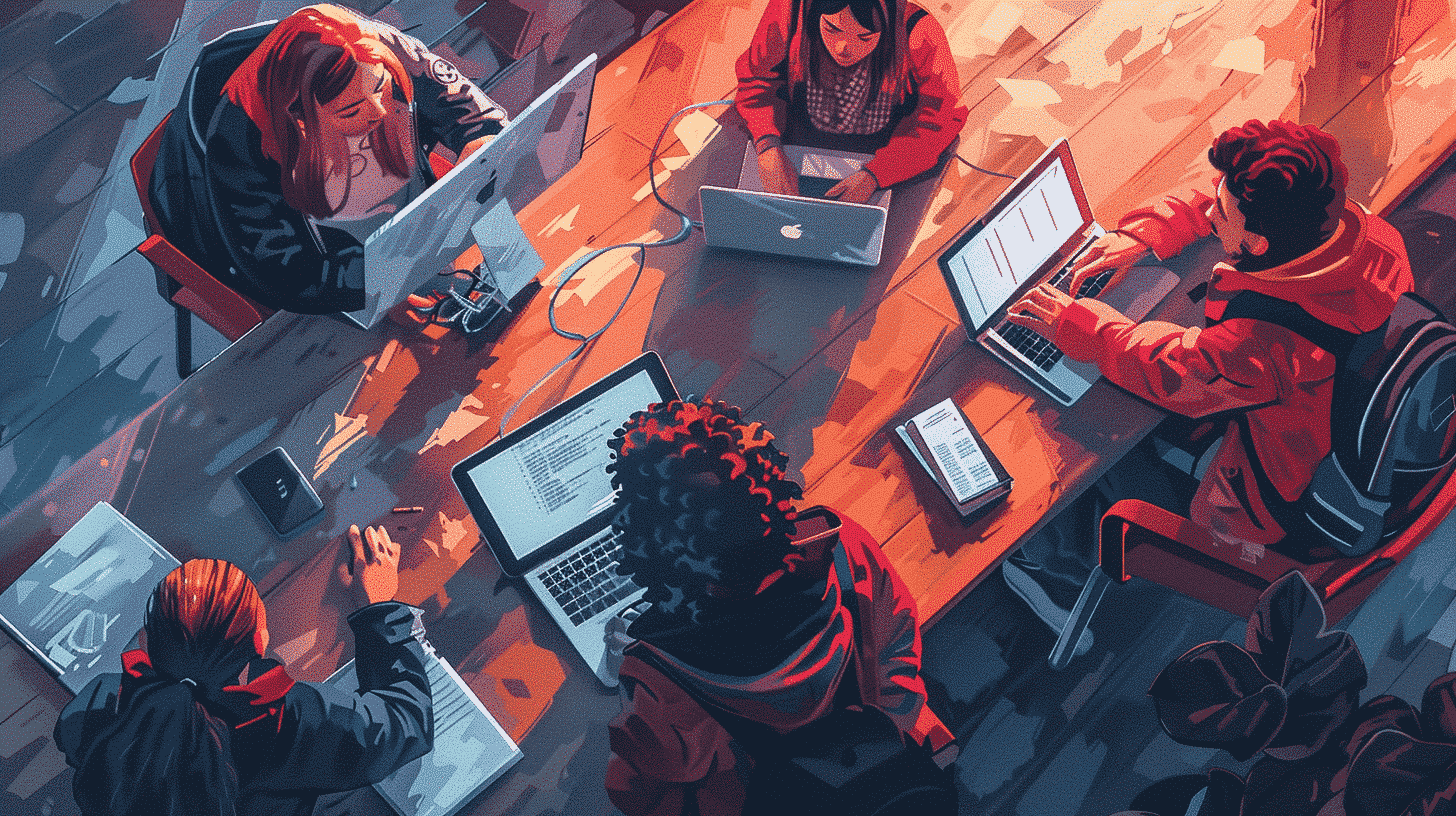Understanding the Basics of Italian Hello
Italian greetings are more than just words; they reflect the warmth and expressiveness of Italian culture. The most common way to say hello in Italian is “Ciao,” but its usage varies depending on the formality and context.
The Most Common Italian Greetings
- Ciao – An informal greeting used among friends, family, and people of the same age group. It means both “hello” and “goodbye.”
- Salve – A polite yet neutral greeting suitable for both formal and informal situations when you want to say hello without being too casual.
- Buongiorno – Literally “good day,” it is used during the daytime as a formal or semi-formal hello.
- Buonasera – Meaning “good evening,” this greeting is appropriate from late afternoon onward.
- Pronto – Used primarily on the phone to say “hello,” it is unique to Italian telephone etiquette.
The Cultural Significance of Italian Greetings
Understanding when and how to say “hello” in Italian goes beyond vocabulary; it requires awareness of cultural norms and etiquette.
Formality and Respect
In Italian culture, formality is important, especially in professional or new social settings. Using “Buongiorno” or “Buonasera” shows respect, while “Ciao” is reserved for informal encounters.
Body Language and Greeting Etiquette
Along with verbal greetings, Italians often accompany hellos with gestures such as handshakes, cheek kisses (usually two), or hugs, depending on the relationship and context. Recognizing these non-verbal cues enhances communication and shows cultural appreciation.
How to Use “Italian Hello” in Different Situations
Mastering the right greeting for each situation is key to sounding natural and polite.
Informal Settings
- Among Friends and Family: “Ciao” is the go-to greeting. It is friendly, casual, and widely accepted.
- Casual Encounters: When meeting acquaintances or peers in informal settings, “Ciao” or “Salve” works well.
Formal and Professional Settings
- In the Workplace: Use “Buongiorno” during the morning and early afternoon, and “Buonasera” later in the day.
- Meeting Elders or Superiors: Always opt for formal greetings to show respect, avoiding “Ciao.”
- Telephone Greetings: Begin calls with “Pronto” to answer the phone politely.
Practical Tips to Practice “Italian Hello” with Talkpal
Talkpal is an interactive language learning platform that helps learners practice Italian greetings in a realistic and engaging environment.
Benefits of Using Talkpal
- Live Conversations: Engage in real-time dialogues with native Italian speakers to practice “italian hello” and other greetings.
- Pronunciation Assistance: Receive immediate feedback to perfect your accent and intonation.
- Contextual Learning: Simulate various scenarios where different greetings are appropriate, enhancing cultural understanding.
- Flexible Scheduling: Practice anytime, making it easier to build consistent language habits.
Effective Strategies for Greeting Practice
- Role-playing: Use Talkpal’s conversational simulations to practice greetings in formal and informal contexts.
- Repetition: Regularly repeat greetings to build muscle memory and confidence.
- Record and Review: Utilize Talkpal’s recording features to listen to your own pronunciation and compare it with native speakers.
- Learn Related Vocabulary: Expand your greeting skills by learning phrases like “How are you?” (Come stai?) and polite responses.
Common Mistakes to Avoid When Saying Italian Hello
Being aware of common errors helps learners avoid misunderstandings and sound more natural.
- Using “Ciao” in Formal Settings: While “Ciao” is versatile, it can be perceived as disrespectful in professional or unfamiliar contexts.
- Ignoring Time of Day: Using “Buonasera” in the morning or “Buongiorno” late at night can seem odd.
- Mispronunciation: Incorrect pronunciation can lead to confusion; practicing with Talkpal helps mitigate this issue.
- Skipping Non-Verbal Greetings: Neglecting customary gestures may make interactions feel stiff or impolite.
Expanding Beyond “Italian Hello”: Next Steps in Language Learning
Once comfortable with basic greetings, learners should broaden their conversational skills to include introductions, farewells, and small talk.
Useful Phrases to Complement “Italian Hello”
- Come stai? – How are you? (informal)
- Come sta? – How are you? (formal)
- Piacere di conoscerti – Nice to meet you (informal)
- Piacere di conoscerla – Nice to meet you (formal)
- A presto – See you soon
Incorporating Greetings into Everyday Practice
Try to use Italian greetings during daily activities, such as greeting shopkeepers, neighbors, or colleagues. Consistent usage aids retention and boosts confidence.
Conclusion
Mastering the Italian hello is a foundational step in learning the language and immersing oneself in Italian culture. By understanding the different greetings, their appropriate contexts, and cultural significance, learners can communicate more effectively and respectfully. Platforms like Talkpal provide invaluable tools to practice and perfect these greetings through real-time interaction and personalized feedback. Embracing the richness of Italian greetings not only enhances language skills but also opens the door to deeper cultural connections and friendships. Whether you are a beginner or looking to refine your skills, focusing on the Italian hello is a great way to start your language learning journey.






